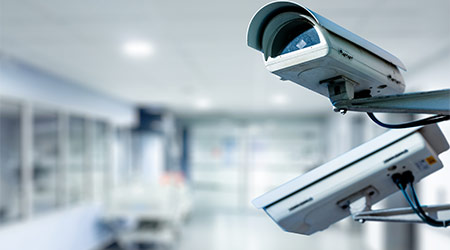Workplace violence continues to impact the operations of healthcare facilities. The issue even recently prompted the Joint Commission to propose new and revised standards for workplace violence prevention in hospitals and critical access hospital accreditation programs.
It also is prompting facility managers to reassess their facilities’ physical security risks. It’s a complicated task to protect the physical well-being of staff and patients, maintain secured wards, and prevent property theft or misuse, according to Security Info Watch.
Less visible risks exist within healthcare facilities that can impact staff, visitors and patients: infectious diseases and viruses that spread via the air, surfaces or other exposure. Managers can leverage security system technologies to support a facility’s health and safety procedures and help mitigate or manage potential risks.
Typically, security systems might not be viewed as a go-to solution as part of a strategy to create a healthier building environment compared to cleaning procedures or air quality improvements. When using the right security systems and procedures, security professionals have the ability to support goals in achieving safer and healthier buildings. Among the first steps managers can take to achieve these goals are these:
• Prepare. Validate that the facility meets the latest industry standards, as well as any organization- or region-specific safety policies.
• Monitor. Examine occupant safety and space use in real time.

 UF Health Hospitals Rely on Green Globes to Realize Their Full Potential
UF Health Hospitals Rely on Green Globes to Realize Their Full Potential How Healthcare Facilities Can Be Truly Disaster-Resilient
How Healthcare Facilities Can Be Truly Disaster-Resilient TriasMD Breaks Ground on DISC Surgery Center for San Fernando Valley
TriasMD Breaks Ground on DISC Surgery Center for San Fernando Valley Bigfork Valley Hospital Falls Victim to Data Breach
Bigfork Valley Hospital Falls Victim to Data Breach AI-Driven Facilities: Strategic Planning and Cost Management
AI-Driven Facilities: Strategic Planning and Cost Management